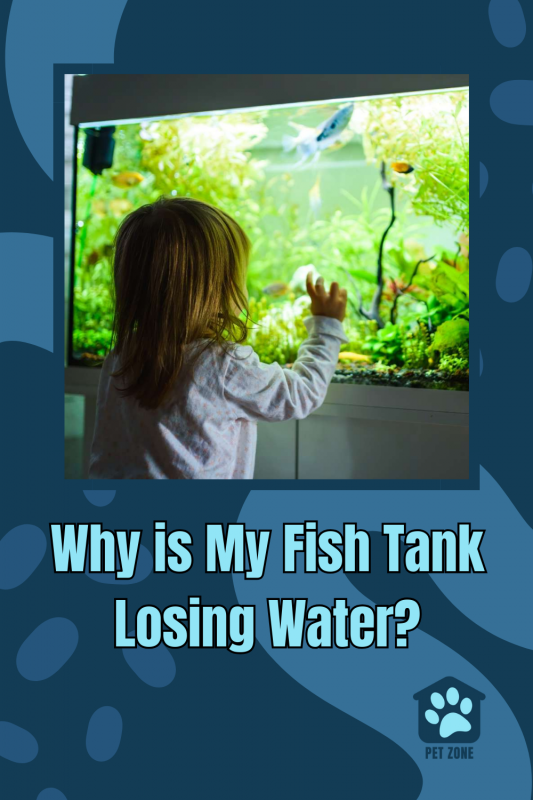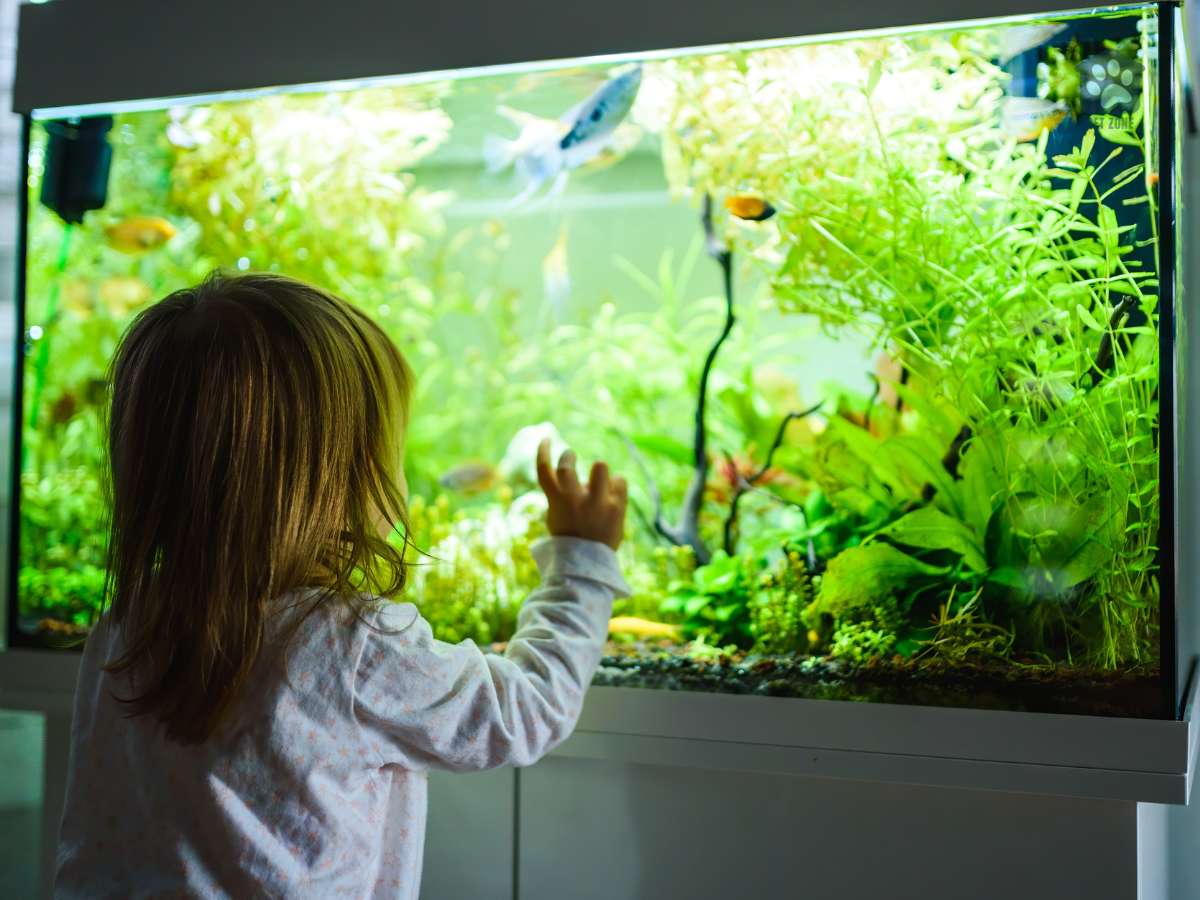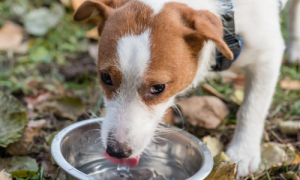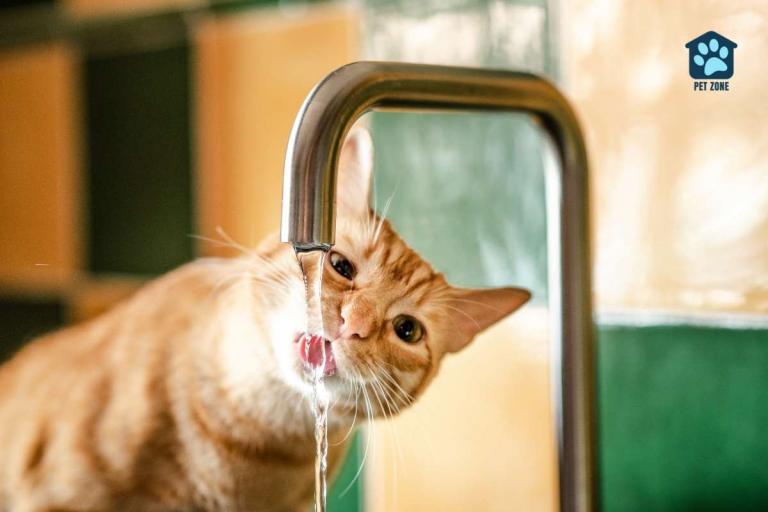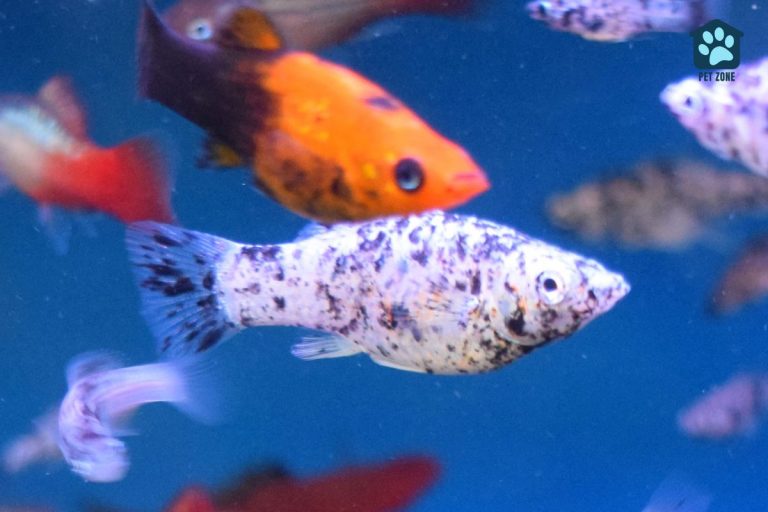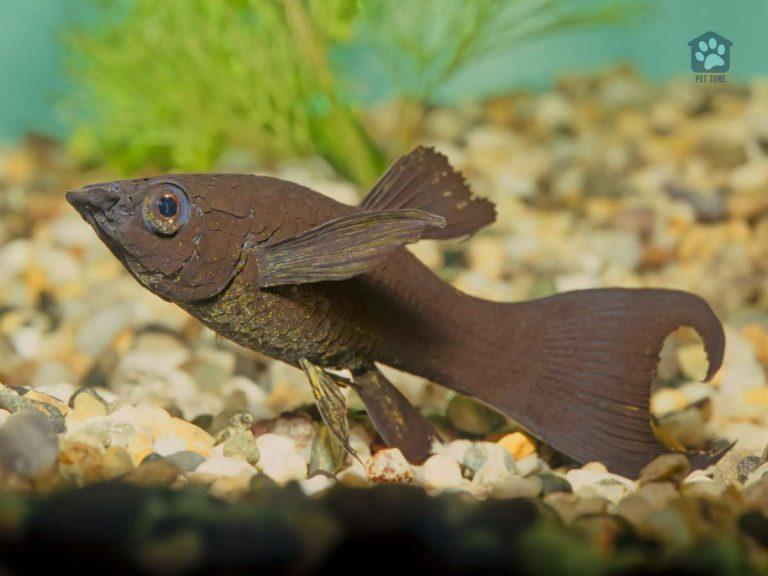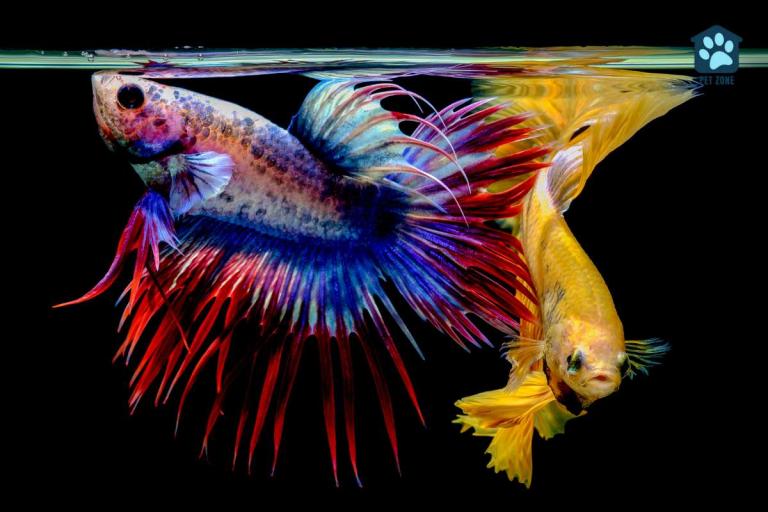If your fish tank is losing water, the most common culprit is evaporation, especially in warmer months. Other potential causes include leaks, faulty equipment, and water quality issues. A 40-gallon tank can lose about ½ gallon of water per day due to evaporation. To combat water loss, it’s important to regularly check and refill the tank with treated water, maintain a stable room temperature, and consider using a lid or cover.
Estimated reading time: 7 minutes
Reasons Why Your Fish Tank Water Level is Dropping
Hey, fish parents! Ever looked at your aquarium and wondered, “Hey, where’d all the water go?” No, you’re not seeing things. Losing water from your fish tank is a pretty common issue, but why does it happen? Here are some of the most likely culprits.
Water Evaporation: The Invisible Culprit
Evaporation is the main reason most tanks lose water. Water molecules are always on the move, and sometimes they get enough energy to break free from the tank and enter the air as water vapor. Sounds almost like a magic trick, right?
This is particularly true in the summertime or if your home is warm. The extra heat accelerates the evaporation process. So if you’re losing water but see no visible leaks, evaporation is your most likely suspect.
But don’t ignore this! Low water levels due to evaporation can affect the oxygen levels, making it hard for your fish to breathe.
Other Reasons: Leaks and More
Now, if evaporation isn’t the villain, you’ve got some detective work to do. A leak in the tank is the second most common reason for water loss. Check the silicone at the corners; if you find any cracks, you’ll need to patch them up.
Capillary action can also cause water to sneak up and out of your tank. That means water climbs surfaces like glass walls and even electrical cables.
Last but not least, be cautious about your filtration system. Filters, especially those with gravel bases, can accumulate waste materials, leading to slow but steady water loss.
How Much Water Can a Tank Lose Through Evaporation?
It’s All About the Gallons
Okay, let’s break it down. How much water can you expect to lose from your fish tank due to evaporation? Well, the size of your tank plays a huge role. For instance, if you have a 40-gallon tank, you could be looking at a loss of about ½ gallon per day. If your tank is smaller, like a 10-gallon tank, the loss will be less, but it’s still significant. Don’t underestimate those little droplets; they add up!
Factors Affecting Evaporation Rate
Now, there’s no one-size-fits-all answer here. Several factors can tweak the evaporation rate. If your tank has an open top, expect more evaporation. If you’ve got a lot of water movement—say, from a bubbler or a waterfall ornament—that can also ramp up the rate at which water evaporates. And of course, the airflow and temperature in the room can also make a difference. So keep an eye on all these things.
Summing it Up: The Evaporation Math
Adding it all up, regular monitoring will give you the best picture of how much water you’ll need to add back. But remember, don’t just slosh any old water in there. Always treat or age the water you’re adding to keep everything in balance. Keeping tabs on how much water your tank loses will not only help you maintain the water level but also help keep your fish happy and healthy.
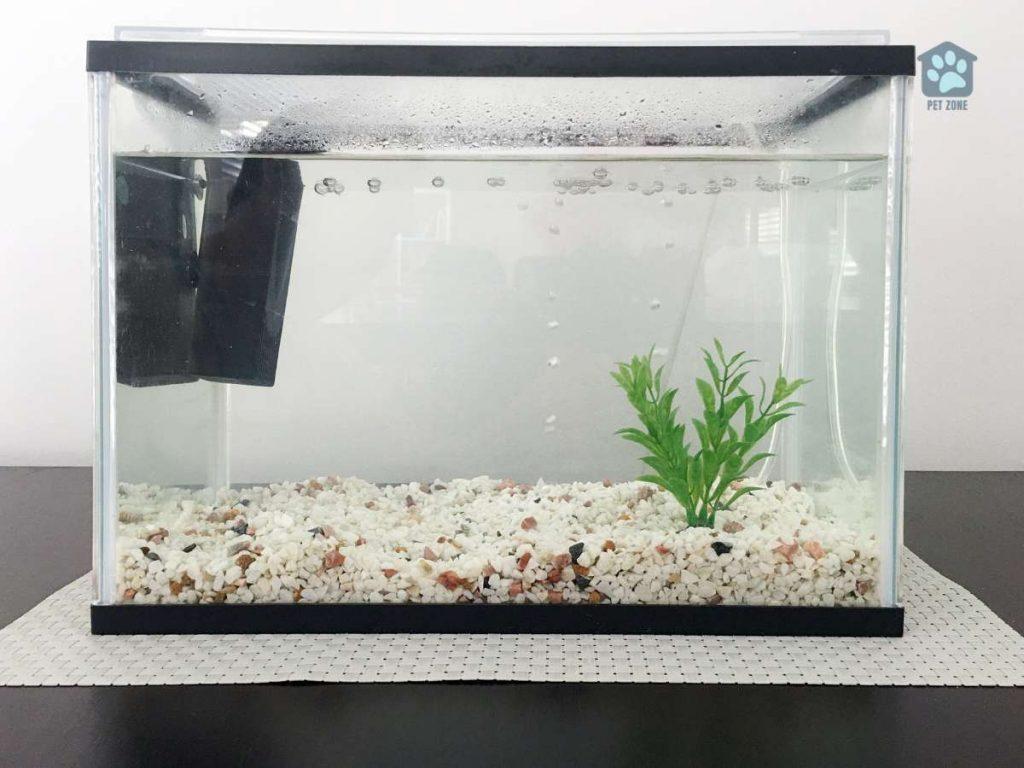
The Impact of Tank Water Level Dropping on Fish
A Low Water Level Is Stressful
Imagine living in a house where the walls kept closing in. Wouldn’t feel too great, right? Fish might not have feelings like we do, but a dropping water level stresses them out.
When the water level gets too low, there’s less space for your fish to swim and explore. That can affect their well-being and even lead to health problems down the line.
Oxygen Matters
Low water levels can cause a lot more than cramped quarters for your fish. Less water means less oxygen. Fish need to breathe just like you and me. They get their oxygen from the water.
So when the water level drops, there’s less oxygen available, and that can spell trouble. In extreme cases, fish can even suffocate.
Keeping it Warm but Not Too Warm
Temperature plays a role too. Lower water levels can make it hard to maintain a stable water temperature. Too hot and your fish’s metabolism speeds up, which can add waste and toxins to the tank. Too cold, and the fish could become lethargic and prone to illness.
So it’s not just about keeping the water level up, it’s also about keeping the temperature stable for the health of your fish.
It’s All About Balance
At the end of the day, a stable water level equals a stable living environment. This stability helps to maintain the water quality, which is key for keeping your fish healthy. So keep an eye on that water level, and remember, a happy fish is a healthy fish.
How to Maintain Water Level in My Fish Tank
Regular Monitoring and Refills
So you’re watching your favorite show, and you notice out of the corner of your eye that the water level in your fish tank is looking a bit low. Don’t ignore it! A quick peek every day can make a world of difference.
Make it a habit to check the water level in your fish tank. If it’s low, make sure you’re adding water. But—and this is crucial—always use treated or aged water. You don’t want to introduce chlorine or other harmful elements into your tank, trust me.
Tools of the Trade
You might think you need to be a full-on aquarist to maintain a healthy tank. Not true! A few simple tools can make your life easier. First, consider an evaporation tray. It’s like a shallow dish that sits under your aquarium. It catches any water that tries to escape, reducing the amount you’ll need to replace.
And don’t forget a cover or lid for the top of the tank. Reducing the surface area exposed to air can really help keep that water level stable. This is especially important for tanks that house tropical fish. They need consistent conditions, so a lid can be a lifesaver—or a fish-saver, to be exact!
You’ve got the knowledge, you’ve got the tools, so what’s stopping you? Keep that water level stable and keep those fish happy!
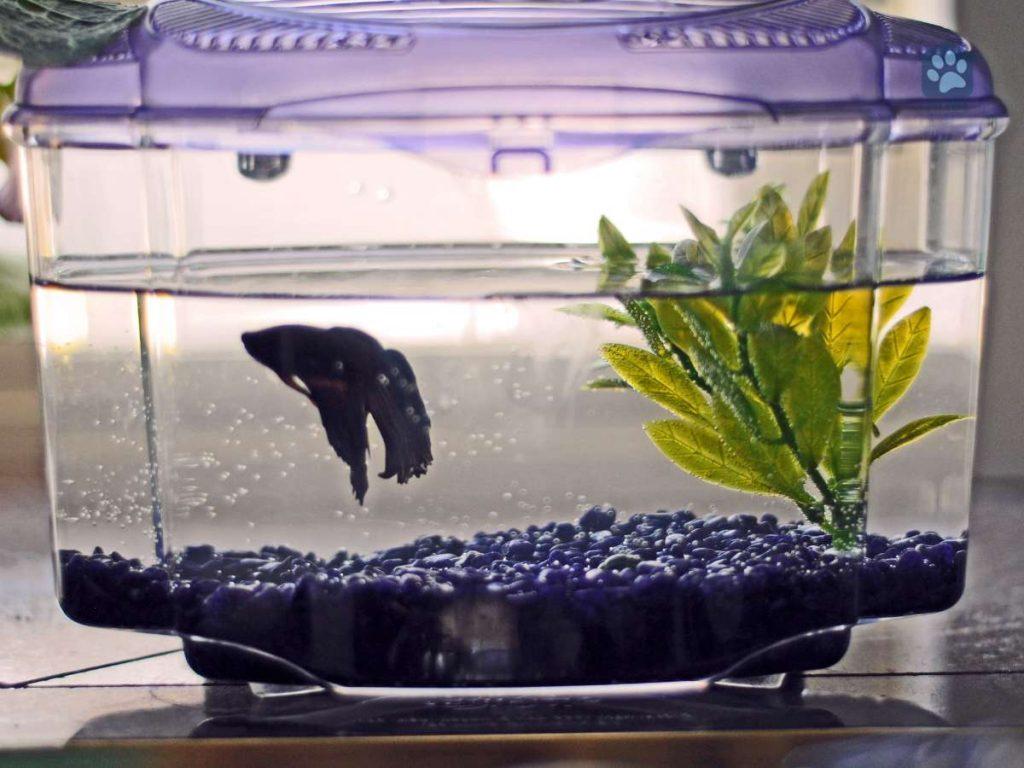
Pro Tips to Reduce Evaporation and Keep Your Fish Happy
Control the Room, Control the Tank
You can’t always control the weather outside, but inside is a whole different story. Keep the temperature and humidity in the room stable. Major ups and downs in temperature can kick that evaporation rate into high gear.
It’s not just about the water in your fish tank; the whole room plays a part. Make sure the airflow around the tank is smooth. No direct fans, please! You don’t want to turn your tank into a mini wind tunnel.
Change is Good
We’ve covered topping up the water, but let’s not forget about water changes. I mean fully taking out some of the old water and adding in fresh, treated water. Do this about once a week. It’s not just about keeping the water level up; it also keeps the water quality high and your fish healthy.
Your Fish Will Thank You
And there you have it, fish enthusiasts! Everything you need to know to keep that water level from doing the disappearing act. You’re not just keeping water in the tank; you’re creating a stable, healthy environment where your fish can thrive.
So go ahead, make these tips a part of your routine and keep those fish smiling—if they had mouths that smiled, that is!
Feel free to leave a comment below with your own experiences or questions, and don’t forget to share this article on social media to help other fish enthusiasts keep their tanks in tip-top shape!
As an Amazon Associate I earn from qualifying purchases.
